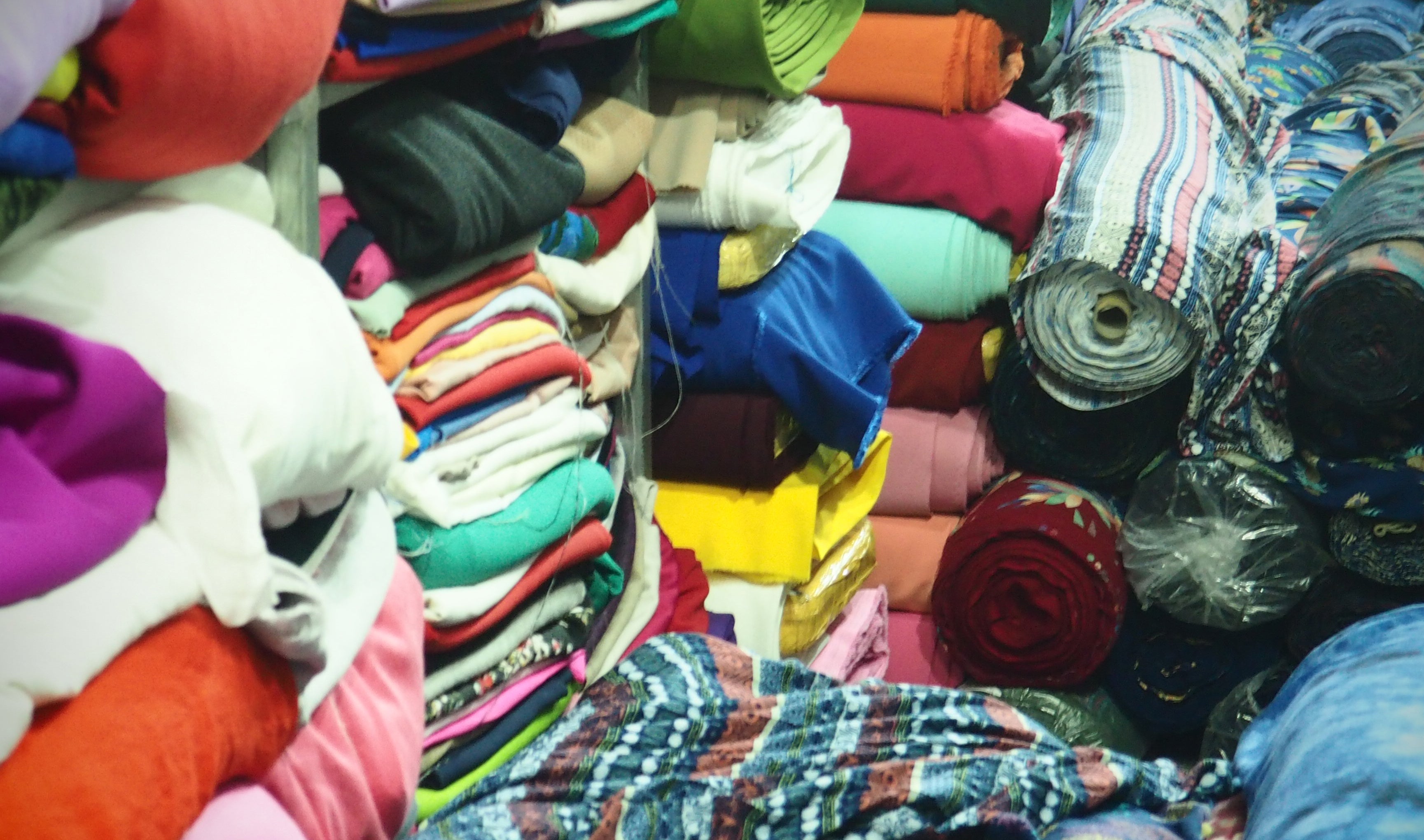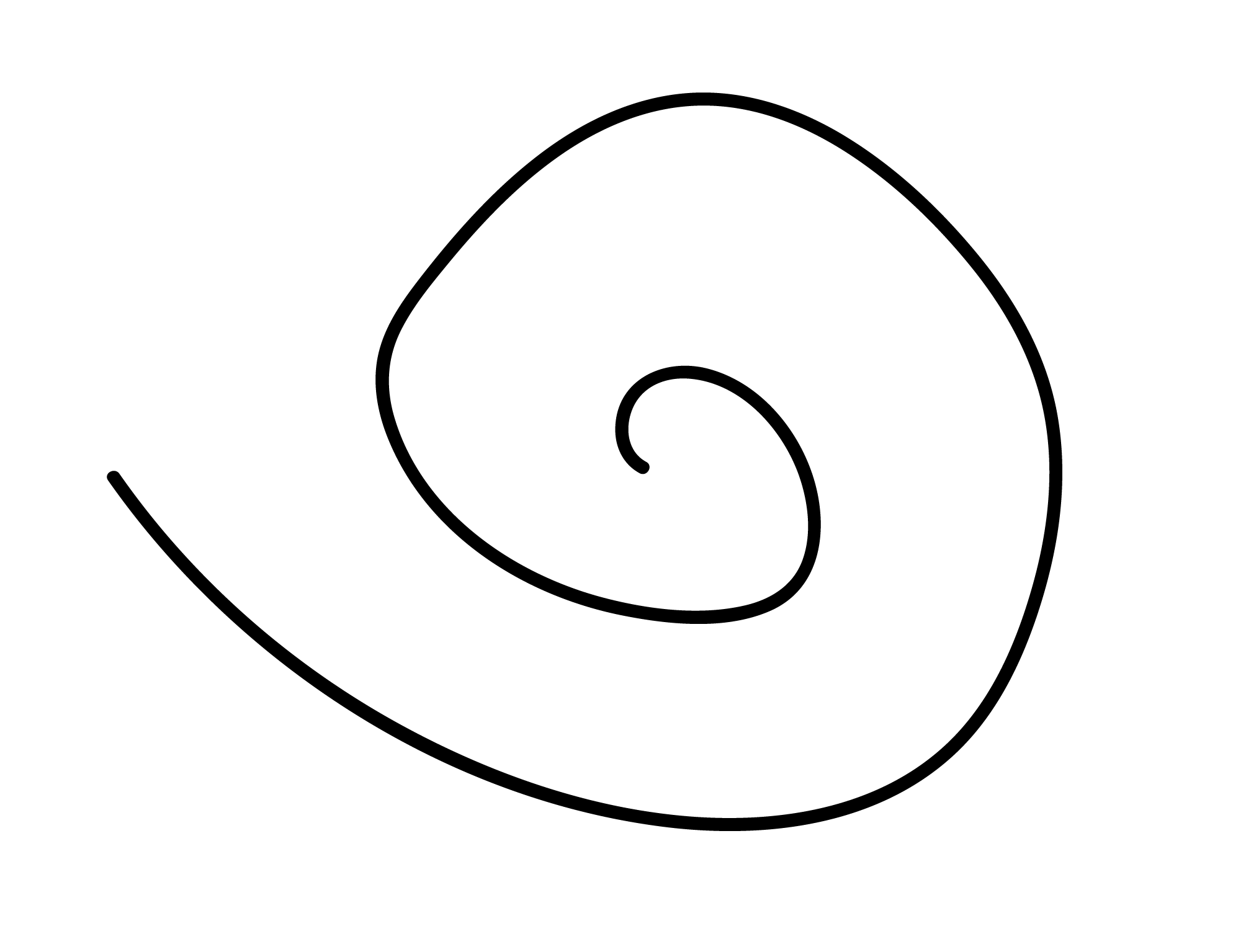
Fashion vs Environment
We wear clothes every day, the majority of which are non-biodegradable synthetic fibers. The clothes we wear are in constant contact with our bodies and are a necessity for our everyday lifestyle. However, only a few of us are aware of or reflect on what the fibers we are wearing are made of, how they are manufactured, or how environmentally intensive they are to make.
Now think about how much time some people spend thinking about the cosmetic products they use, the food they eat, or the plastic bags they do or don't use. Yet somehow most are shockingly undereducated about the clothing industry, why is that?
The textile supply chains include some of the most complex global manufacturing sectors. Considering how many different suppliers and factories were involved throughout the process of manufacturing the clothes you wear will make your head spin.
This article is to give you a brief and understandable breakdown of the clothing industry, in which the largest variants are the different fibers available and the varying processes behind making them.
The clothing industry accounts for 10% of global carbon emissions, these emissions come partly from pumping water to irrigate crops, oil-based pesticides/insecticides, machinery, fossil fuels, and transportation. It is also responsible for using 24% of insecticides and 11% of pesticides globally. These are only a small portion of the issues present in the industry.
Now, these are all truly shocking and terrible facts to come face to face with, but that doesn't mean that it's all bad or that there isn't space from improvement.
Firstly, as previously mentioned, different fibers have different manufacturing processes. Whether it comes from plants, animals or crude oil, the material is then processed until it can be spun into a yarn, which, in turn, is woven or knitted into fabric. Finally, the fabric is then made into garments. Somewhere in that process bleaches and dyes are also applied. These steps are all most commonly fulfilled in different factories if not countries.
There is no perfect fiber as there are so many aspects to take into consideration, including the manufacturing process, the longevity of finished garments, and finally where/how the garments are disposed of. Which when put together makes measuring the sustainability of one fiber over another difficult, although some stand out as considerably more environmentally friendly than others.
-
Here is an overview of the most common fibers in fashion.
Cotton - is biodegradable and usually grown on farms that rely heavily on pesticides, fertilizers, and intensive irrigation. Growing and processing cotton is power and water intensive, especially when compared to linen. The longevity is very dependant on the quality and thickness of the weave/knit of the fabric. But all things considered, cotton is a good option and preferable over man-made cellulose and synthetic fibers.
Linen - is made from the stalks of plants, either flax or hemp. Manufacturing linen is still a water-intensive process, although more sustainable than cotton processing. Growing these plants is also less intensive in terms of water and pesticides/insecticides than most other plant-based fibers i.e. cotton. Linen fabric is not yet a significant contributor in the global fashion industry but has been pointed to as a more environmentally friendly option in the past. It's biodegradable and known for its longevity. This is one of the best options available, however, it is more expensive to produce than most other fibers.
Wool - most commonly from sheep and therefore biodegradable, holds an insignificant amount of global fiber consumption, only around 1-2%. Like all other fibers, it requires large amounts of water and energy to produce. Wool consumption mostly has an agricultural impact on our environment. This aside wool is still considerably better to have in your wardrobe than man-made cellulose, or synthetic fibers.
Man-made cellulose fibers - (viscose, rayon, lyocell, and bamboo) involve taking a renewable material (plant fiber), and breaking it down until it can be spun and woven into a fabric. Because these fabrics are manufactured from renewable material as opposed to the non-renewable materials used for synthetic fabrics (fossil fuels), they are more environmentally friendly and biodegradable. However, making man-made cellulose fiber involves breaking down the raw material with toxic chemicals which are harmful to the environment, it's also an energy-intensive process. In this case, cotton, linen, and wool are better options.
Synthetic fibers - such as polyester, acrylic, nylon, and elastane are made using fossil fuels (non-renewable material) and are not biodegradable. Polyester alone is the most widely used fiber in clothing, accounting for nearly half the world's fiber production (63,000 million tonnes each year). The production of synthetic fibers is a terrible and unsustainable process (we will explore more fully in future articles). In addition to this, they also have the most long term environmental impact while they are being used by you, the consumer. For example, every time these fibers are washed microplastics are released into your grey water and eventually make their way to the ocean. Microplastics from synthetic fibers are being released into the ocean at a rate of roughly half a million tons annually. Suffice it to say this is the most environmentally damaging fiber, which should only be bought out of necessity. However, unfortunately, the manufacturing process behind making synthetic clothing is shockingly cheap making it an attractive fiber for many.
-
Now, people worry about how recyclable or biodegradable the cups they buy are, but do they worry just as much about the clothes they wear? Because as we have just discovered most clothing is not environmentally friendly or biodegradable.
In the face of growing environmental threats, there is an urgent need to radically change our consumption and production systems. In this regard reshaping the fashion industry to focus more on sustainable fibers will play a critical role.
Clothes are essential for our everyday life, consumers will continue to buy, use and dispose of them. It is not a matter of eliminating their usage but rather a matter of improving the cycle by minimizing the environmental impacts. The fibers you choose to buy will change the future of our environment. Make the right choice.





